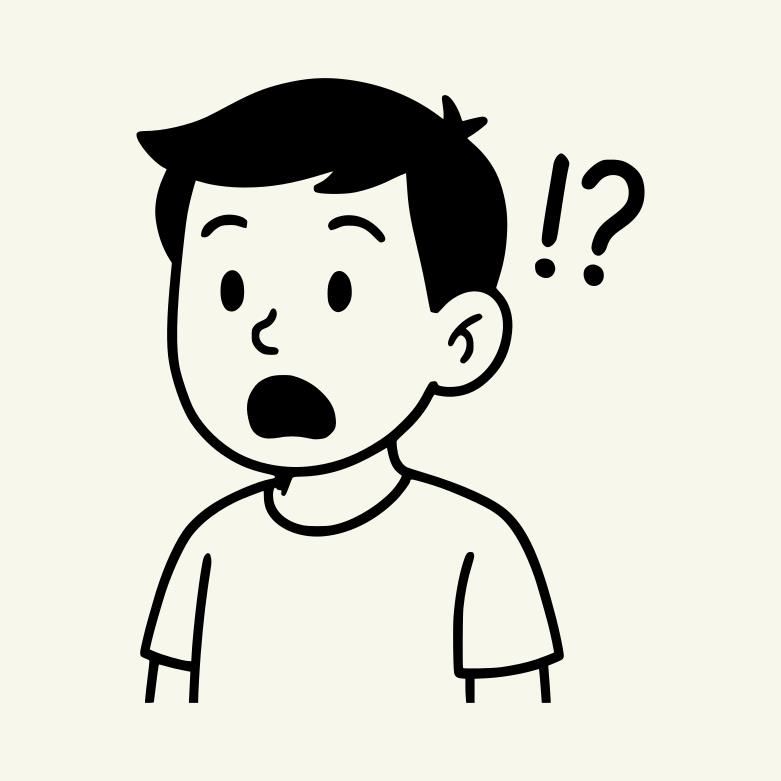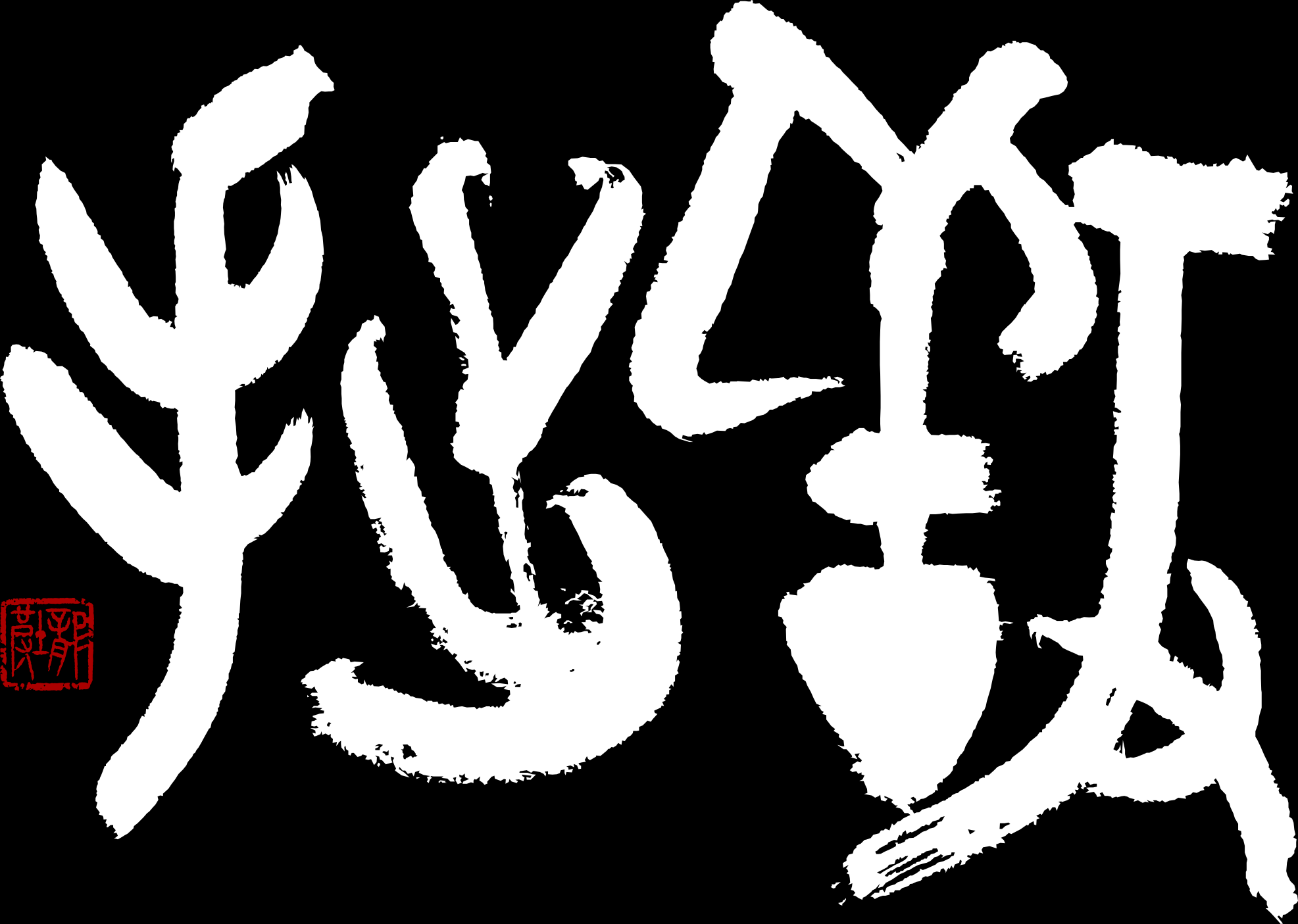| Get Ready! | Listen to the Japanese repeatedly and practice until you can say it smoothly. |
| ① | Repeat each question and answer three times. |
| ② | Your teacher will ask you the questions. Give your own answers. |
| ③ | Ask your teacher the questions and listen to their answers. |
| Pay special attention to the keywords. |
| 011 |  |
| ~て います | |
| ~te i·ma·su | |
| Question 🔊 | Model answer 🔊 |
|
表示 ▶
漢: お腹が空いていますか? 漢: いいえ。空いていません。 |
|
| 012 |  |
| はなせます | |
| ha·na·se·ma·su | |
| Question 🔊 | Model answer 🔊 |
|
表示 ▶
漢: 英語が話せますか? 漢: はい。英語が話せます。 |
|
| 013 |  |
| どこ | |
| do·ko | |
| Question 🔊 | Model answer 🔊 |
|
表示 ▶
漢: どこに住んでいますか? 漢: ロンドンに住んでいます。 |
|
| 014 |  |
| できます | |
| de·ki·ma·su | |
| Question 🔊 | Model answer 🔊 |
|
表示 ▶
漢: ピアノを弾くことができますか? 漢: はい。ピアノを弾くことができます。 |
|
| 015 |  |
| はなせます | |
| ha·na·se·ma·su | |
| Question 🔊 | Model answer 🔊 |
|
表示 ▶
漢: 日本語が話せますか? 漢: はい。日本語が少し話せます。 |
|
| 016 |  |
| どこ | |
| do·ko | |
| Question 🔊 | Model answer 🔊 |
|
表示 ▶
漢: どこから来ましたか? 漢: イギリスのロンドンから来ました。 |
|
| 017 |  |
| すき | |
| su·ki | |
| Question 🔊 | Model answer 🔊 |
|
表示 ▶
漢: アクション映画が好きですか? 漢: はい。アクション映画が好きです。 |
|
| 018 |  |
| できます | |
| de·ki·ma·su | |
| Question 🔊 | Model answer 🔊 |
|
表示 ▶
漢: バイオリンを弾くことができますか? 漢: いいえ。バイオリンを弾くことができません。 |
|
| 019 |  |
| どうやって | |
| dō·ya·tte | |
| Question 🔊 | Model answer 🔊 |
|
表示 ▶
漢: どうやってお名前を書きますか? 漢: B-o-b。 |
|
| 020 |  |
| なん | |
| na·n | |
| Question 🔊 | Model answer 🔊 |
|
表示 ▶
漢: あなたの電話番号は何ですか? 漢: 私の電話番号は356-829です。 |
|
| Activity | Guess the question – part 1 |
| ① | Your teacher will say their own answers. Try to guess the questions. |
| ② | How many can you guess correctly in 30 seconds? |
| 011 |  |
| ~て います | |
| ~te i·ma·su |
| 012 |  |
| はなせます | |
| ha·na·se·ma·su |
| 013 |  |
| どこ | |
| do·ko |
| 014 |  |
| できます | |
| de·ki·ma·su |
| 015 |  |
| はなせます | |
| ha·na·se·ma·su |
| 016 |  |
| どこ | |
| do·ko |
| 017 |  |
| すき | |
| su·ki |
| 018 |  |
| できます | |
| de·ki·ma·su |
| 019 |  |
| どうやって | |
| dō·ya·tte |
| 020 |  |
| なん | |
| na·n |
|
Timer
30
|
|
Counter
0
|
| Activity | Guess the question – part 2 |
| ① | Now say your own answers. Your teacher will try to guess the questions. |
| ② | How many can you guess correctly in 30 seconds? |
| Listen In | Listen to the dialogue and answer the following questions. |
| ① | Where does this person live? |
| ② | Can this person play the piano or the violin? |
| ③ | What’s this person’s phone number? |
| Fill In ① | Use rōmaji to fill in the missing words in the questions and your own answers. |
| Q011 | o-na·ka ga [ ] i·ma·su ka? |
| A011 | [ ]。su·i·te [ ]。 |
| Q012 | e·i·go [ ] ha·na·se·ma·su ka? |
| A012 | [ ]。e·i·go ga [ ]。 |
| Q013 | do·ko ni su·n·de i·ma·su ka? |
| A013 | [ ] ni su·n·de i·ma·su。 |
| Q014 | [ ] wo [ ] ko·to ga de·ki·ma·su ka? |
| A014 | [ ]。pi·a·no wo hi·ku [ ] ga [ ]。 |
| Q015 | [ ] ga ha·na·se·ma·su ka? |
| A015 | [ ]。ni·ho·n-go ga [ ]。 |
| Q016 | do·ko [ ] [ ] ka? |
| A016 | [ ] no [ ] ka·ra ki·ma·shi·ta。 |
| Q017 | a·ku·sho·n e·i·ga ga [ ] de·su [ ]? |
| A017 | [ ]。a·ku·sho·n [ ] ga su·ki [ ]。 |
| Q018 | ba·i·o·ri·n [ ] hi·ku ko·to [ ] de·ki·ma·su ka? |
| A018 | [ ]。ba·i·o·ri·n wo hi·ku ko·to ga [ ]。 |
| Q019 | dō·ya·tte o-na·ma·e [ ] ka·ki·ma·su [ ]? |
| A019 | [ ]。 |
| Q020 | a·na·ta [ ] de·n·wa-ba·n·gō wa [ ] de·su ka? |
| A020 | wa·ta·shi no [ ] wa [ ] de·su。 |
| Fill In ② | Now do the same using hiragana. |
| Q011 | お-なか が [ ] います か? |
| A011 | [ ]。すいて [ ]。 |
| Q012 | えいご [ ] はなせます か? |
| A012 | [ ]。えいご が [ ]。 |
| Q013 | どこ に [ ] か? |
| A013 | [ ] に すんで います。 |
| Q014 | [ ] を [ ] こと が できます か? |
| A014 | [ ]。ぴあの を ひく [ ] が [ ]。 |
| Q015 | [ ] が はなせます か? |
| A015 | [ ]。にほん-ご が [ ]。 |
| Q016 | どこ [ ] [ ] か? |
| A016 | [ ] の [ ] から きました。 |
| Q017 | あくしょん えいが が [ ] です [ ]? |
| A017 | [ ]。あくしょん [ ] が すき [ ]。 |
| Q018 | ばいおりん [ ] ひく こと [ ] できます か? |
| A018 | [ ]。ばいおりん を ひく こと が [ ]。 |
| Q019 | どうやって お-なまえ [ ] かきます [ ]? |
| A019 | [ ]。 |
| Q020 | あなた [ ] でんわ-ばんごう は [ ] です か? |
| A020 | わたし の [ ] は [ ] です。 |
| Zoom In | Substitute the words and talk about these topics. |
| Topic 1 | 楽器・がっき・ga·kki = Musical Instruments |
| 014 |  |
| できます | |
| de·ki·ma·su | |
| Question 🔊 | Model answer 🔊 |
| Question pattern |
| ぴあの を ひく こと が できます か? |
| pi·a·no wo hi·ku ko·to ga de·ki·ma·su ka? |
| Answer pattern 1 |
| はい。ぴあの を ひく こと が できます。 |
| ha·i。pi·a·no wo hi·ku ko·to ga de·ki·ma·su。 |
| Answer pattern 2 |
| いいえ。ぴあの を ひく こと が できません。 |
| i·i·e。pi·a·no wo hi·ku ko·to ga de·ki·ma·se·n。 |
| Variant |
| はい。ぴあの を ひく こと が すこし できます。 |
| ha·i。pi·a·no wo hi·ku ko·to ga su·ko·shi de·ki·ma·su。 |
| Vocabulary | ||
| 1 | ぴあの・pi·a·no = piano | 挿入 |
| 2 | ばいおりん・ba·i·o·ri·n = violin | 挿入 |
| 3 | ぎたー・gi·tā = guitar | 挿入 |
| 4 | どらむ・do·ra·mu = drum(s) | 挿入 |
| 5 | ふえ・fu·e = flute | 挿入 |
| 6 | うくれれ・u·ku·re·re = ukulele | 挿入 |
| 7 | こと・ko·to = koto | 挿入 |
| 8 | しゃみせん・sha·mi·se·n = shamisen | 挿入 |
| 9 | りこーだー・ri·kō·dā = recorder | 挿入 |
| 10 | さっくす・sa·kku·su = saxophone | 挿入 |
|
Timer
|
30
|
|
|
Counter
|
0
|
| Notes | There are several ways to say “can/be able to do something” in Japanese.
One way is to say: ~ことができます・~ko·to ga de·ki·ma·su. To use this pattern, we need to know the dictionary or plain form of the verb. Here are the ~ます・~ma·su and dictionary forms of some common verbs. To say one can or cannot do these actions, we can use the following patterns. |
| Topic 2 | 言語・げんご・ge·n·go = Languages |
| 012 |  |
| はなせます | |
| ha·na·se·ma·su | |
| Question 🔊 | Model answer 🔊 |
| Question pattern |
| えいご が はなせます か? |
| e·i·go ga ha·na·se·ma·su ka? |
| Answer pattern 1 |
| はい。えいご が はなせます。 |
| ha·i。 e·i·go ga ha·na·se·ma·su。 |
| Answer pattern 2 |
| いいえ。えいご が はなせません。 |
| i·i·e。e·i·go ga ha·na·se·ma·se·n。 |
| Variant |
| いいえ。えいご が まったく はなせません。 |
| i·i·e。e·i·go ga ma·tta·ku ha·na·se·ma·se·n。 |
| Vocabulary | ||
| 1 | えいご・e·i·go = English | 挿入 |
| 2 | にほんご・ni·ho·n·go = Japanese | 挿入 |
| 3 | ふらんすご・fu·ra·n·su·go = French | 挿入 |
| 4 | ちゅうごくご・chū·go·ku·go = Chinese | 挿入 |
| 5 | すぺいんご・su·pe·i·n·go = Spanish | 挿入 |
| 6 | どいつご・do·i·tsu·go = German | 挿入 |
| 7 | かんこくご・ka·n·ko·ku·go = Korean | 挿入 |
| 8 | いたりあご・i·ta·ri·a·go = Italian | 挿入 |
| 9 | あらびあご・a·ra·bi·a·go = Arabic | 挿入 |
| 10 | ぽるとがるご・po·ru·to·ga·ru·go = Portuguese | 挿入 |
|
Timer
|
30
|
|
|
Counter
|
0
|
| Notes | Another way to say “can/be able to do something” in Japanese is to use what is known as the “potential” form of verbs.
To make the potential form of a verb, we change the syllable before ます・ma·su in the ~ます・~ma·su form of the verb. Here are some examples. The way that this syllable changes depends on the kind of verb. There are also a few irregular verbs, including します・shi·ma·su (= do) and 来(き)ます・ki·ma·su (= come): |
| Talk More Technique | ② Clarifying |
| すみません? |  |
| su·mi·ma·se·n? | |
| 🔊 | |
| Pardon? |
| なに? |  |
| na·ni? | |
| 🔊 | |
| What? |
| Sample Dialog | |||
| A: | はじめまして。わたし の なまえ は けん です。お-なまえ は なん です か? | A: | hajimemashite。wa·ta·shi no namae wa ken desu。o-namae wa nan desu ka? |
| B: | じょなさん です。 | B: | jonasan desu。 |
| A: | どうやって お-なまえ を かきます か? | A: | dōyatte o-namae wo kakimasu ka? |
| B: | j-o-n-a-… | B: | j-o-n-a-… |
| A: | すみません? | A: | sumimasen? |
| Talk Longer | Use the questions in this unit, the patterns in the Zoom In section, and the Talk More Technique to have a longer conversation with your teacher. |
| ~て います |  |
| ~te i·ma·su |
| はなせます |  |
| ha·na·se·ma·su |
| どこ |  |
| do·ko |
| できます |  |
| de·ki·ma·su |
| はなせます |  |
| ha·na·se·ma·su |
| どこ |  |
| do·ko |
| すき |  |
| su·ki |
| できます |  |
| de·ki·ma·su |
| どうやって |  |
| dō·ya·tte |
| なん |  |
| na·n |
| すみません? |  |
| su·mi·ma·se·n? |
| なに? |  |
| na·ni? |
|
Timer
|
2:00
|
|
|
|
| Write Up | Use the questions and answer patterns in this unit to write about your teacher. |
| ① | Make notes of your teacher’s answers to the questions in this unit. |
| ② | Then, try to write the full sentences using hiragana. |
| Subject | he ~ : | 彼は~・かれ は~・ka·re wa ~ | ||
| she ~ : | 彼女は~・かのじょ は~・ka·no·jo wa ~ | |||
| Possessive adjective | his ~ : | 彼の~・かれ の~・ka·re no ~ | ||
| her ~ : | 彼女の~・かのじょ の~・ka·no·jo no ~ |
| Q011 | |
| Notes: | [ ] o-na·ka ga su·i·te [ ]。 |
| In hiragana: | |
| Q012 | |
| Notes: | [ ] e·i·go ga [ ]。 |
| In hiragana: | |
| Q013 | |
| Notes: | [ ] [ ] ni su·n·de i·ma·su。 |
| In hiragana: | |
| Q014 | |
| Notes: | [ ] pi·a·no wo hi·ku ko·to ga [ ]。 |
| In hiragana: | |
| Q015 | |
| Notes: | [ ] ni·ho·n-go ga [ ]。 |
| In hiragana: | |
| Q016 | |
| Notes: | [ ] [ ] ka·ra ki·ma·shi·ta。 |
| In hiragana: | |
| Q017 | |
| Notes: | [ ] a·ku·sho·n e·i·ga ga su·ki [ ]。 |
| In hiragana: | |
| Q018 | |
| Notes: | [ ] ba·i·o·ri·n wo hi·ku ko·to ga [ ]。 |
| In hiragana: |
